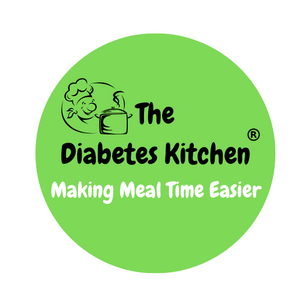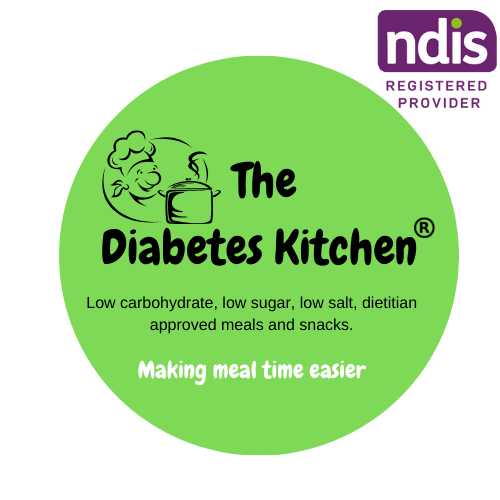The Glycemic Index is a tool that ranks foods according to their effect on blood glucose levels.
High glycemic foods result in a quick spike in insulin and blood sugar (also known as blood glucose). Low glycemic foods have a slower smaller effect.
- Low GI 55 or less
- Medium GI 56-69
- High GI 70 or more
Every type of carbohydrate you eat has a different effect on your blood sugar. Foods are ranked on a scale from 0-100, carbohydrates that break down quickly during digestion have the highest GI, whilst those that break down slowly, releasing glucose gradually into the blood stream have low GI.
Consuming low GI food is the preferred healthier choice for people that are pre diabetic or diabetic as it prevents rapid rise and fall of blood sugar levels and suppresses appetite thereby it also aids better weight management.
If you have diabetes, you know all too well that when you eat carbohydrates, your blood sugar goes up. The total amount of carbs you consume at a meal or in a snack mostly determines what your blood sugar will do. But the food itself also plays a role. A serving of white rice has almost the same effect as eating pure table sugar — a quick, high spike in blood sugar. A serving of lentils has a slower, smaller effect.
Picking good sources of carbs can help you control your blood sugar and your weight. Eating healthier carbohydrates can help prevent a host of chronic conditions, especially diabetes, but it can also ward off heart disease and various cancers.
Here are some examples of low GI foods:
-
Non-Starchy Vegetables:
- Leafy greens (spinach, kale, lettuce)
- Broccoli
- Cauliflower
- Bell peppers
- Tomatoes
-
Legumes:
- Lentils
- Chickpeas
- Black beans
- Kidney beans
-
Whole Grains:
- Steel-cut oats
- Quinoa
- Brown rice
- Barley
- Whole wheat pasta
-
Fruits:
- Apples
- Berries (blueberries, strawberries, raspberries)
- Cherries
- Grapefruit
- Pears
-
Dairy:
- Greek yogurt (unsweetened)
- Milk (preferably low-fat or skim)
-
Nuts and Seeds:
- Almonds
- Walnuts
- Chia seeds
- Flaxseeds
-
Sweeteners:
- Stevia
- Erythritol
- Xylitol
-
Other:
- Sweet potatoes
- Carrots
- Hummus
- Whole wheat bread (preferably with seeds and grains)
It's important to note that the GI of a food can vary based on factors such as ripeness, cooking methods, and what it's consumed with. Combining low GI foods with lean proteins, healthy fats, and fiber can further help stabilize blood sugar levels.
Remember that the GI is just one aspect of a healthy diet. Balancing your meals with a variety of nutrient-dense foods, portion control, and considering your overall dietary goals is key to supporting your health and well-being. If you have specific health concerns or are managing diabetes, it's a good idea to work with a healthcare provider or registered dietitian to create a personalized nutrition plan.





